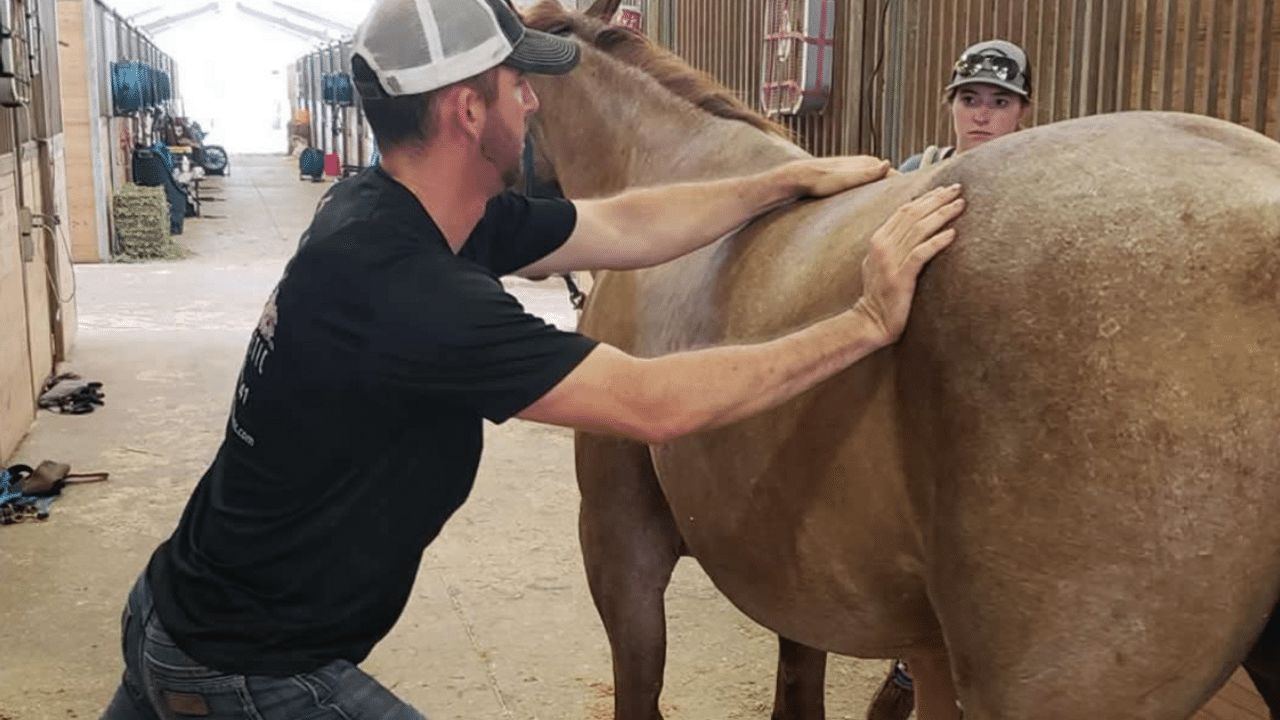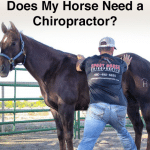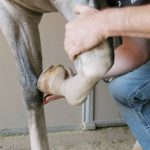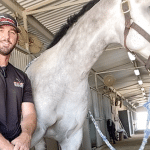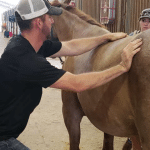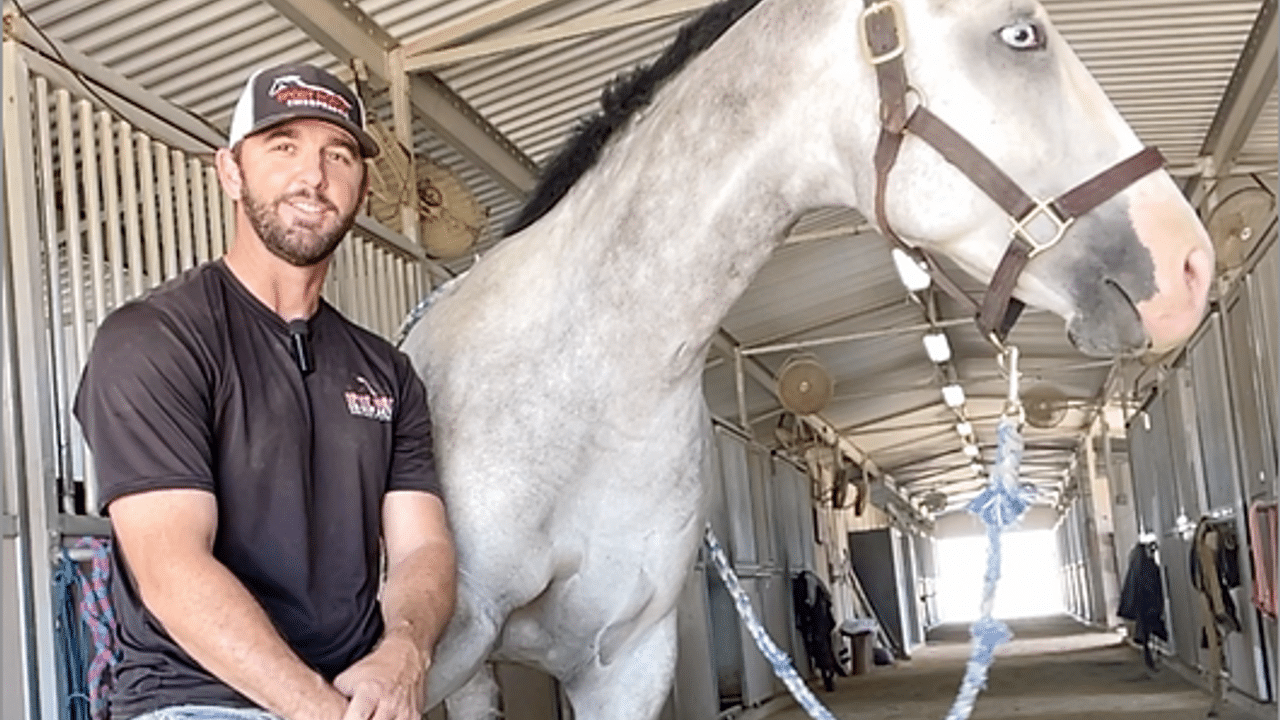
The Benefits of Chiropractic Care for Horses
Chiropractic care has many benefits for equine athletes. The primary goal of a chiropractic adjustment is to affect the neurology of the animal, not just alter mechanics. However, restoring proper motion of a joint allows the neurology to control the joint properly, thus altering mechanics to a more normal state. In other words, you cannot affect one, without affecting the other.
Each joint, and the capsules surround the joints, contain millions of sensory nerve receptors. These receptors are responsible for what we call proprioception, which is the ability of the brain to know the position of the body in space. Take into consideration, a field sobriety test. How is it possible for a person to close their eyes, and still be able to touch their nose with their finger? This is due to proprioception! The sensory nerve receptors within the joint and joint capsule, relay positional information to the brain. Thus allowing the brain to not only know what that joint position is, but also enables the brain to send the proper signals out to the muscles that control the joint, in order to move it appropriately for the task at hand.
What does this have to do with chiropractic care? Everything! If a joint is fixated in any way, then it is unable to move properly. If it is not able to move properly, then it is unable to stimulate these sensory nerve receptors, therefore decreasing the amount of positional information being sent to the brain. Less sensory information to the brain, equals less information for the brain to calculate joint position, and therefore, the information being sent out to the muscles that control the position of that joint is sub-optimal. This is particularly obvious in the case of a field sobriety test, in which the person is actually impaired. The sensory information coming into the brain is impaired by the alcohol, and that impairment results in incorrect motor information being sent out to the body. In essence, correct sensory information in, results in correct motor information being sent out. Correct neurology = correct mechanics = correct function.
So what if there is joint fixation? My horse is moving just fine… Sure, your horse is moving just fine… but is “just fine” what you’re after with your performance animals? Of course not! To get the most out of your performance animals, optimal structure is key! Without your horse being free and clear of vertebral and extremity joint misalignments, they will have any number of compensations throughout their structure. This means that they are moving a part of their body in a way, to make up for lack of movement in another part of the body that’s supposed to be performing that function. When this happens, number one, performance will suffer because the horse isn’t using its body the way it was designed to be used, and number two, the parts of the body being used to compensate will degenerate over time.
You’ll be amazed at how well your horses move when you clear these fixations and eliminate the compensations! Always remember, Structure = Function!
Did you find this information helpful? If so, please share to your social media!
I hope that you have enjoyed this article! If you have any questions about this information, or to schedule a chiropractic adjustment for your horse(s), please contact us at 602–726–5186, or email us at office@sporthorsechiropractic.com. You can also find us on TikTok, Facebook, Instagram, and Twitter.
Thanks for reading!
*This information is intended to be used for information purposes only. Only a trained, certified animal chiropractor or veterinarian should perform chiropractic adjustments on your animals. If your animals are experiencing medical problems, please contact your veterinarian.*
